Tips - What is a remanufactured second-hand excavator?
- Excavator remanufacturing has been constantly mentioned in recent years, and many people mistakenly believe that remanufacturing means refurbishment. In fact, this is not the case. Companies that want to carry out remanufacturing must submit application materials and meet the remanufactured product certification requirements. The remanufacturing process also has strict requirements. The process flow is not a simple painting renovation. In this article, we will explore the entire behind-the-scenes production process of excavator remanufacturing.
- Remanufactured excavator manufacturing process
- 1. Use professional equipment to clean the whole recycled old machine, and then identify the whole machine after cleaning.
- 2. Disassemble the old machines and classify them for remanufacturing according to different professional categories such as structural parts, engines, hydraulic parts, etc.
- 3. Parts cleaning, identification, repair, assembly and testing.
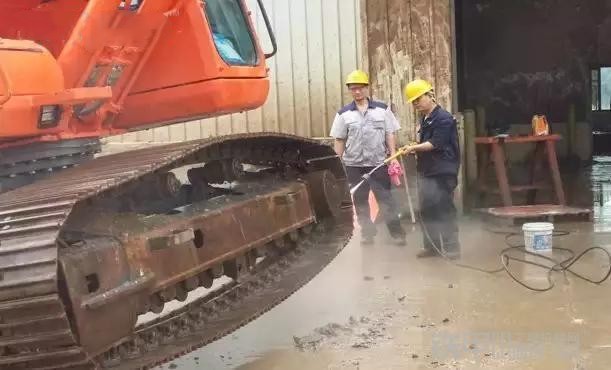
- 1. Main frame welding repair operation: mainly welding the replacement parts and repair areas of the main frame. The structural strength of the new welding joint can fully meet the various stress conditions of the excavator. The welds of the new welding joint need to be inspected for flaw detection. After testing, the safety and reliability of the welding joint are guaranteed
- .
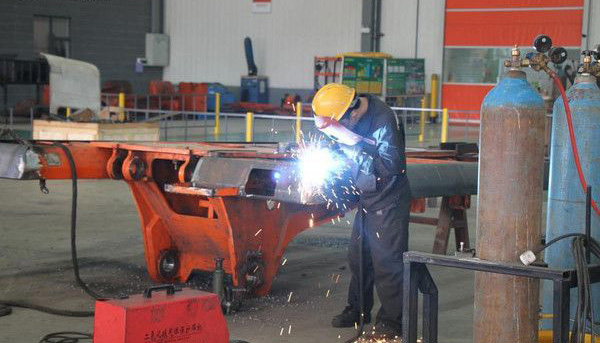
- 2. Chassis welding repair work: mainly welding the replacement parts and repair areas of the chassis. The structural strength of the new welded joint can fully meet the various stress conditions of the excavator. The welds of the newly welded joint must undergo flaw detection. The safety and reliability of the welding joint after testing are guaranteed.
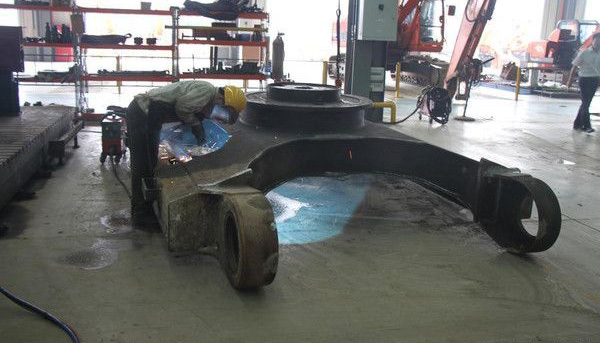
- 3. The excavator body covers the sheet metal parts repair and shaping area: rely on the efficient remanufacturing of old machine recycling channels and the identification of professionals to repair the old parts that have been identified and have the possibility and value of repair, such as: cab sheet metal parts, left and right side door components, battery box covers, partitions, etc. After repairing, grinding, drilling, polishing and other operations, the old parts can be restored to the original appearance of the new parts.
- 4. Excavator special repair area: through efficient remanufacturing old machine recycling channels, after identification by remanufacturing professionals, some of the excavators have use value and can only be repaired according to overhaul standards, and their use value can be restored. , it only takes a short time to meet the various needs of customers under the exquisite repairs of the professional remanufacturing overhaul team.
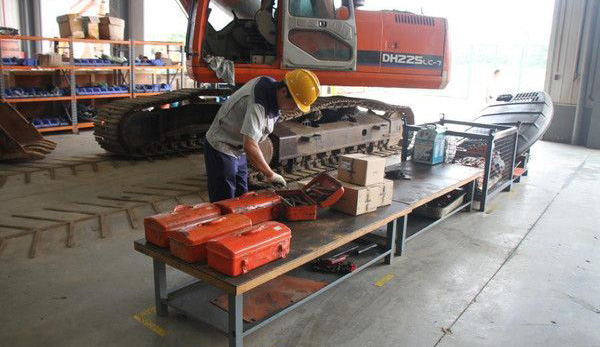
- 5. Main frame grinding and repair work: The main task is to polish each repair area of the main frame. The appearance consistency of the polished repair area can be inherited. The transition of each connection is natural and smooth, and it looks no different from the original new car main frame. difference.
6. Main frame identification, plastic parts replacement and repair tooling: The main function is to identify, inspect and plastic repair the new and old main frames. It can also be used for parts replacement and reassembly of various parts. This tooling is used to inspect the appearance of the main frame, boom and stick. Changes in position have intuitive inspection results, and the product can be directly inspected after plastic surgery and repair to ensure the repair quality of the product.
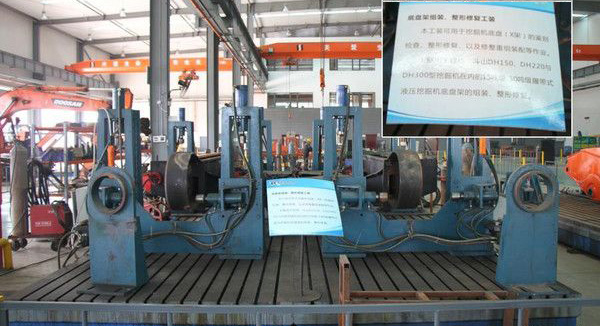
7. Chassis assembly, plastic repair tooling: The main function is to identify, inspect and plastically repair old and new chassis. It can also be used for parts replacement and reassembly of various parts. This tooling has an intuitive inspection result for changes in the shape and position of the chassis. After shaping, The product can be directly tested after repair to ensure the repair quality of the product.

8. Core components storage area: After remanufacturing and recycling of old machines and parts, after identification and repair, core parts with useful value are stored here for remanufacturing, complete machine remanufacturing, after-sales service and parts sales. provide support.
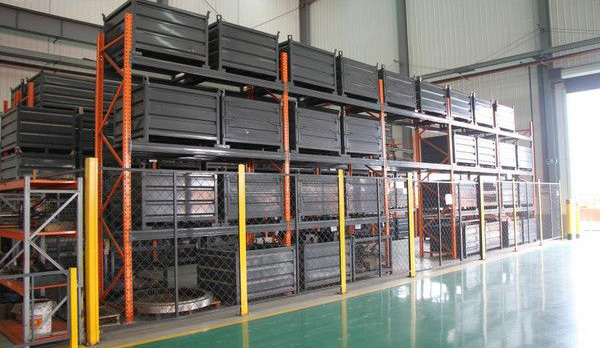
9. Storage area for parts to be processed: After the old machines that have been remanufactured and recycled have been dismantled and identified, the single parts with remanufacturing and processing value are parked here in an orderly manner according to the requirements of the machine model and the ease of repair.
10. Dip stick maintenance work: Mainly polishing each repair area of the stick. The appearance consistency of the polished repair area can be inherited. The transition of each connection is natural and smooth, and it looks no different from the original new car stick. .
11. Boom operation area: Mainly cutting, shaping, welding, and grinding the replacement parts and repair areas of the boom. The boom flipping tooling is used to lock and fix the boom. After locking, the boom is flipped and repaired. It will not waver during operation to ensure the repair quality of the boom.
12. Chassis transfer operations: Forklifts are used for transportation to avoid collisions during the transfer process.
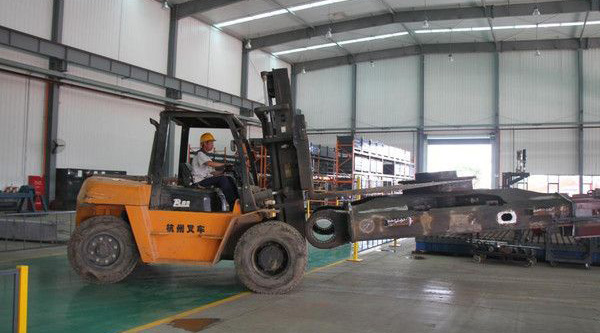
13. Next we enter the engine comprehensive testing room to test the relevant technical parameters of the remanufactured engine to ensure that the engine performance parameters meet the usage requirements.
14. The engine test bench can comprehensively test the engine's power, speed, torque, fuel consumption, oil pressure, smoke, exhaust gas, water stability, etc. to ensure the performance and service life of the engine after remanufacturing.
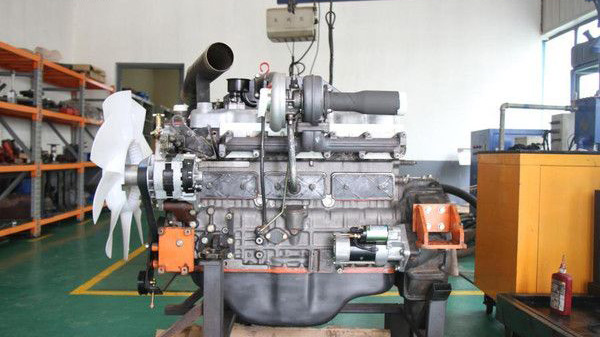
15. High-pressure oil pump test bench: Test and adjust the injection time and injection volume of the high-pressure oil pump to achieve the best matching effect with the engine.
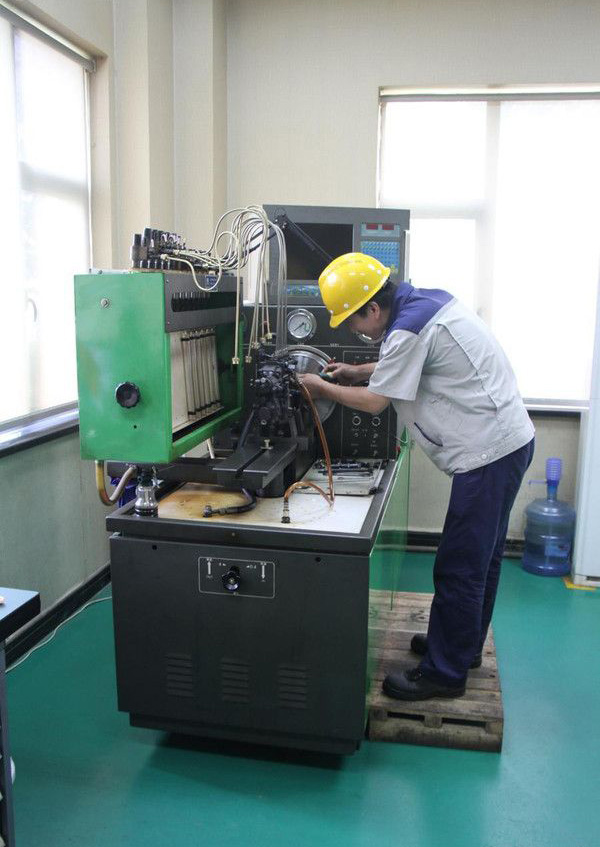
16. Engine test bench control box: The computer realizes the visualization of engine performance parameters by collecting various parameters such as engine test oil temperature, water stability, speed, output torque, output power, and oil pressure.
17. Complete machine assembly workshop: According to the remanufacturing process, each single component that has been remanufactured, repaired and qualified is finally gathered in the assembly workshop for assembly.
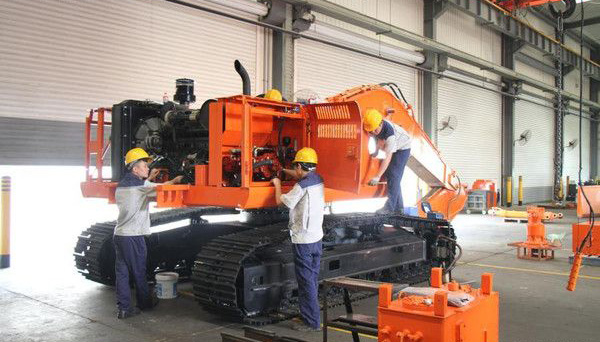
18. Oil storage area: This area is used to store oils of various types and uses, which facilitates the use and management of oils in various workshops.
19. Hydraulic parts and engine repair shop: Clean, identify, dismantle, repair, assemble and other operations on the core hydraulic parts and engine parts of the excavator, complete qualified single parts, and provide remanufactured complete machines, after-sales services and parts We sell single parts with excellent performance.
20. The engine assembly area is the area where engines are identified and assembled. The use of various special tooling and equipment makes the operation more convenient and ensures stable and reliable product quality while improving production efficiency.
21. Hydraulic pump test bench electric control cabinet: You can choose to perform manual testing or automatic testing of the hydraulic pump. The test data is automatically processed by the computer and the relevant technical parameters and power curve of the tested hydraulic pump are generated to facilitate the adjustment and maintenance of the hydraulic pump. .
22. Hydraulic pump test bench: It can conduct various performance tests on the hydraulic pump such as no-load running-in, displacement test, loading test, impact test, volumetric efficiency test, internal and external leakage test, etc.
23. Hydraulic comprehensive test bench: It can conduct factory performance tests on various hydraulic components such as hydraulic motors, cylinders, and hydraulic valves.
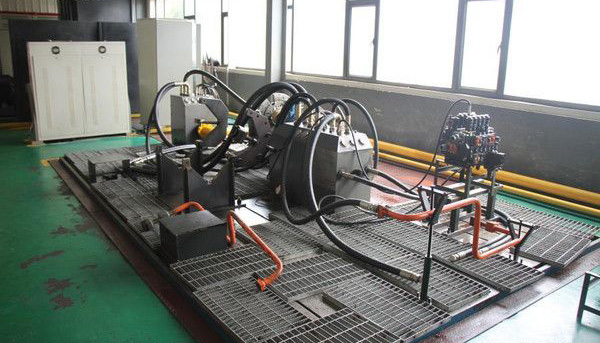
24. Multi-way valve testing: Multiple performance tests such as reversing performance, relief valve opening pressure, opening and closing characteristics, internal and external leakage, etc. can be conducted on the multi-way valve.
25. Hydraulic comprehensive test bench electric control cabinet: It can realize manual and automatic testing of hydraulic motors, cylinders, hydraulic valves and other components. The automatic test uses touch screen technology to collect and analyze data through a computer, and automatically generates the performance parameter curve of the component under test.
26. Hydraulic test bench oil source and control part: Provides a controllable hydraulic oil source for the hydraulic test bench. The system is equipped with a temperature control system that can control the test oil temperature at 50±2°C.
28. Surface treatment workshop: Equipped with professional surface treatment production lines, including sandblasting equipment, parts spray booths, drying rooms, complete machine spray booths and other equipment, which improves the surface quality of remanufactured products.
29. Parts spraying room: There are special hangers, wife-making equipment, and ventilation equipment. The ground track is connected to the drying room. The parts that have been sprayed can be transferred to the drying room for drying through track trolleys.
30. Grinding area: used for puttying, grinding and other processes before parts are painted to improve the surface smoothness of the workpiece. The carefully designed exhaust system can remove dust and other particles generated by grinding/spraying outside, ensuring the health of workers and a good working environment in the workshop.
31. Professional painters carefully spray every corner of the car body in the planned spray area.
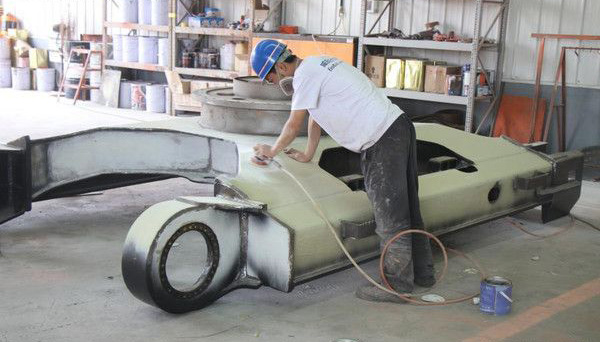
4. Whole machine debugging
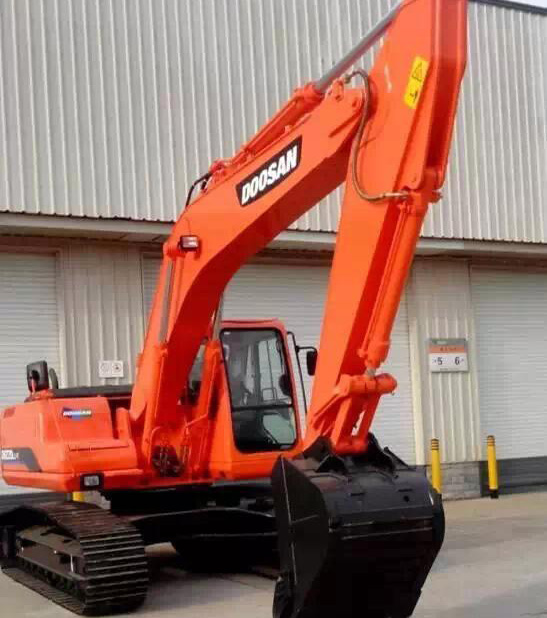
Through this article, I believe you have gained a simple understanding of the excavator remanufacturing process. Construction machinery remanufacturing has gradually become an important part of the construction machinery industry chain and will play a more important role in the future development process.








